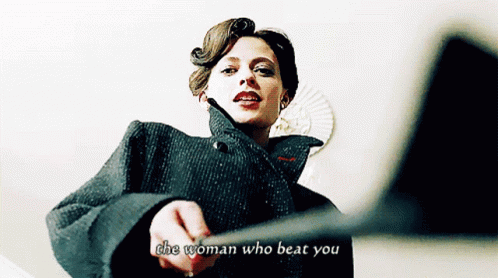Dear readers,
Art is subjective. So how do YOU see the portrait of Dorian Gray?
Well, I’ll tell you so you’ll tell me: I think Dorian is art himself.
Thanks to the beginning of the book, along with the confession Dorian gets out of Basil, we understand that Basil creates the portrait of Dorian with intention. Basil, as an artist, paints Dorian to capture his ideal of Dorian’s essence which is the beauty of how he remained innocent in mind and body. From there, I see Dorian, as the art, becoming unconsciously aware of the subject and employing it for his advantage so that he may excuse himself. Or even better, so that he may preserve the outer self that everyone else gets to interpret. Power is knowledge and knowledge changes perception…as we know, this doesn’t end up being a good thing for Dorian.
“ The young man was leaning against the mantelshelf, watching him with that strange expression that one sees on the faces of those who are absorbed in a play when some great artist is acting. There was neither real sorrow in it nor real joy. There was simply the passion of the spectator, with perhaps a flicker of triumph in his eyes.” (Chp. 13, pg 149) In this passage, Dorian finally reveals to Basil how demented the portrait has become. What I find creepy is how Dorian is described as if he’s relishing in the sight like a “spectator”; I think this means that Dorian is detached emotionally because he’s decided to stop caring about his sins. But I would also like to postulate that Dorian is “absorbed” in the way he is anticipating Basil’s reaction.
What’s incredibly interesting is that I see this metaphor of a spectator not only paralleling with Sybil Vane but also appearing throughout the story. In chapter 9, Dorian states that “To become the spectator of one’s own life, as Harry says, is to escape the suffering of life” (pg.107). I believe this connects back to my earlier point where I offer us a way to think about Dorian’s mentality with the immoral acts he’s committing. Half of what makes Dorian an art is the literal portrait that essentially takes the hits for him while the other half is his state of being. What I’m trying to say is that Dorian watches people fall victim to the portrayal of his beauty and finds pleasure in it. *Purrs* Kinkyyyy (no? Too soon?). In all seriousness, Dorian is like a child relying on the privilege of his youthful beauty to get away with anything. He detaches himself as a “spectator” so he doesn’t have to “suffer” with the guilt of his actions.
Sincerely,
Alucard
